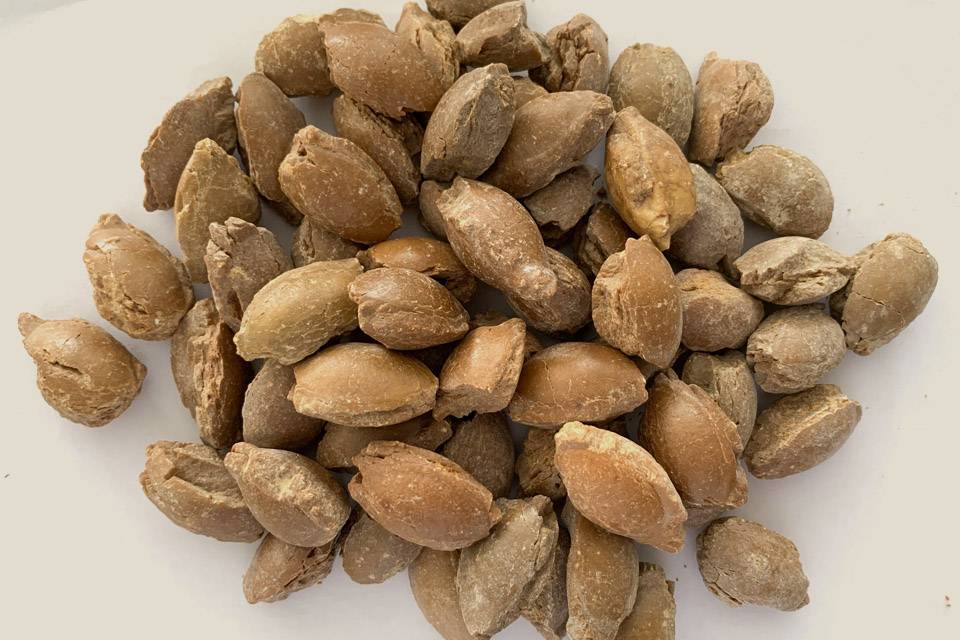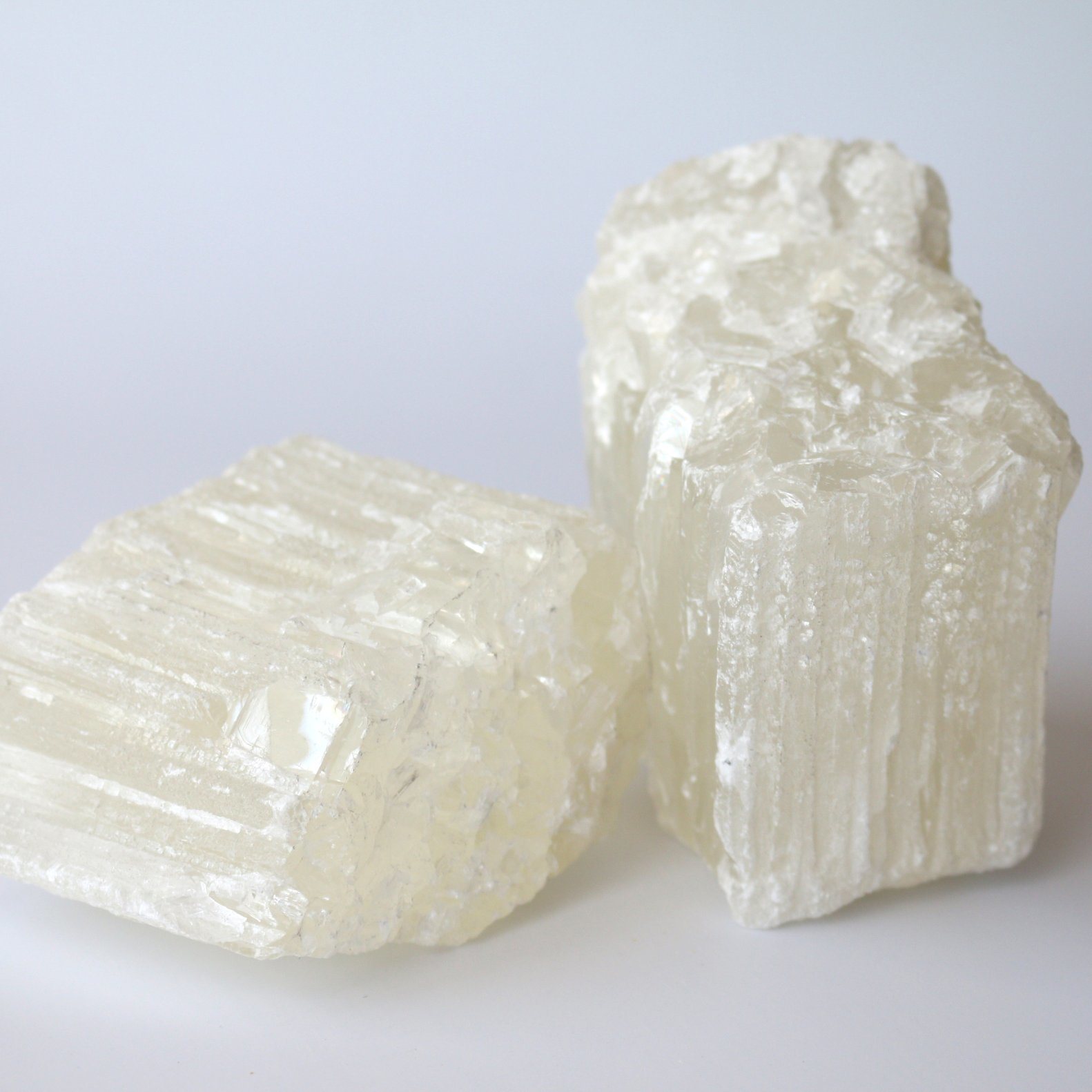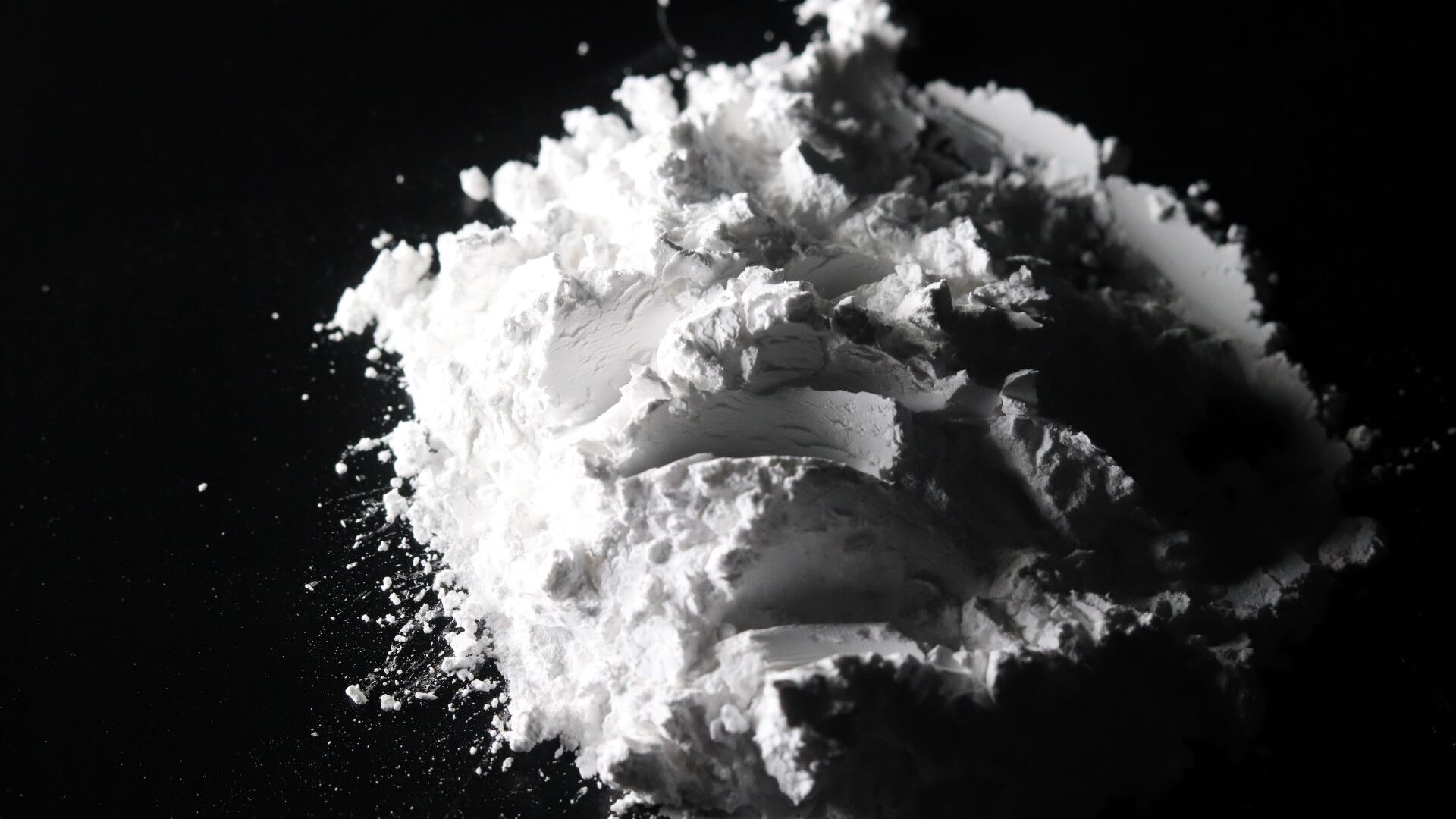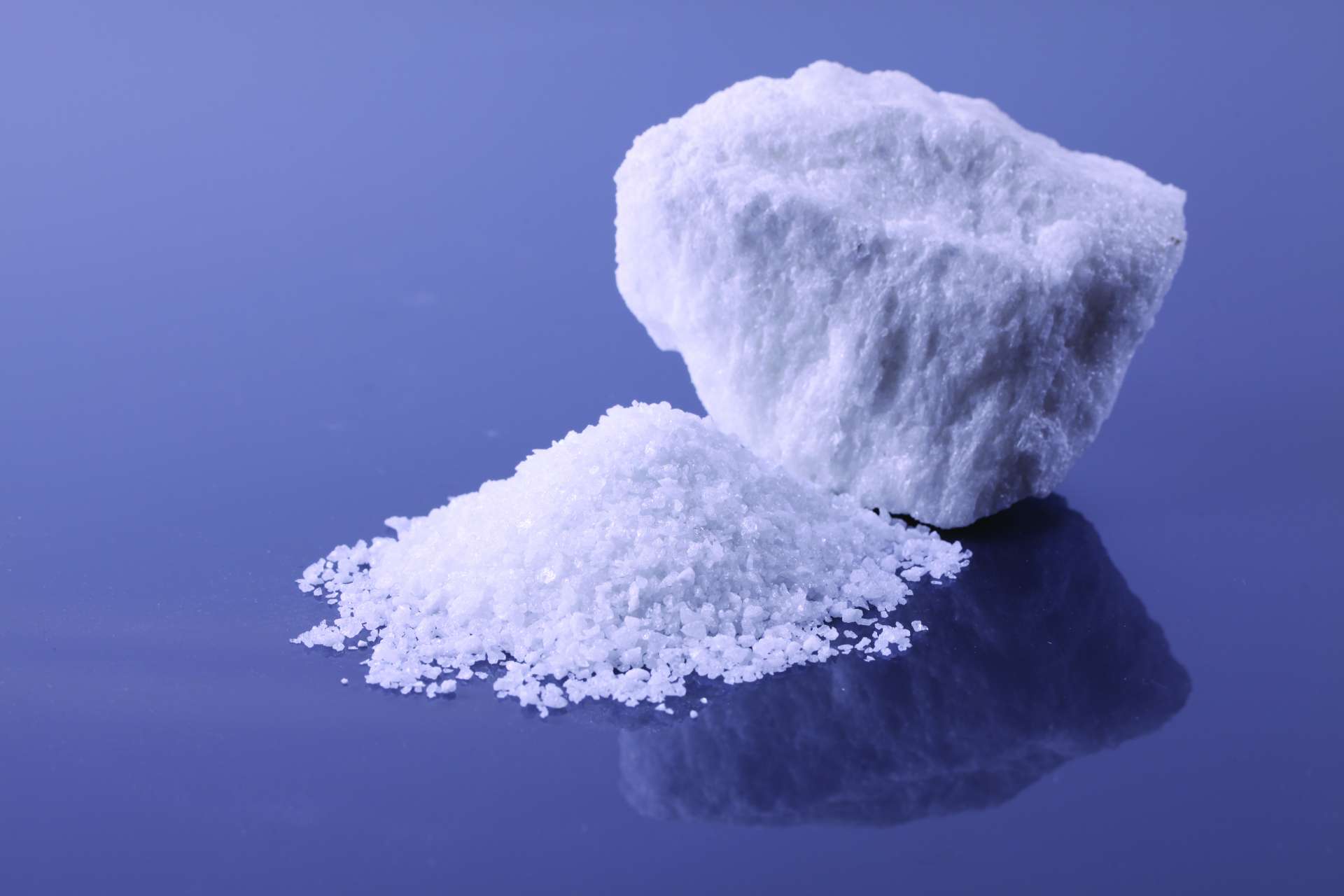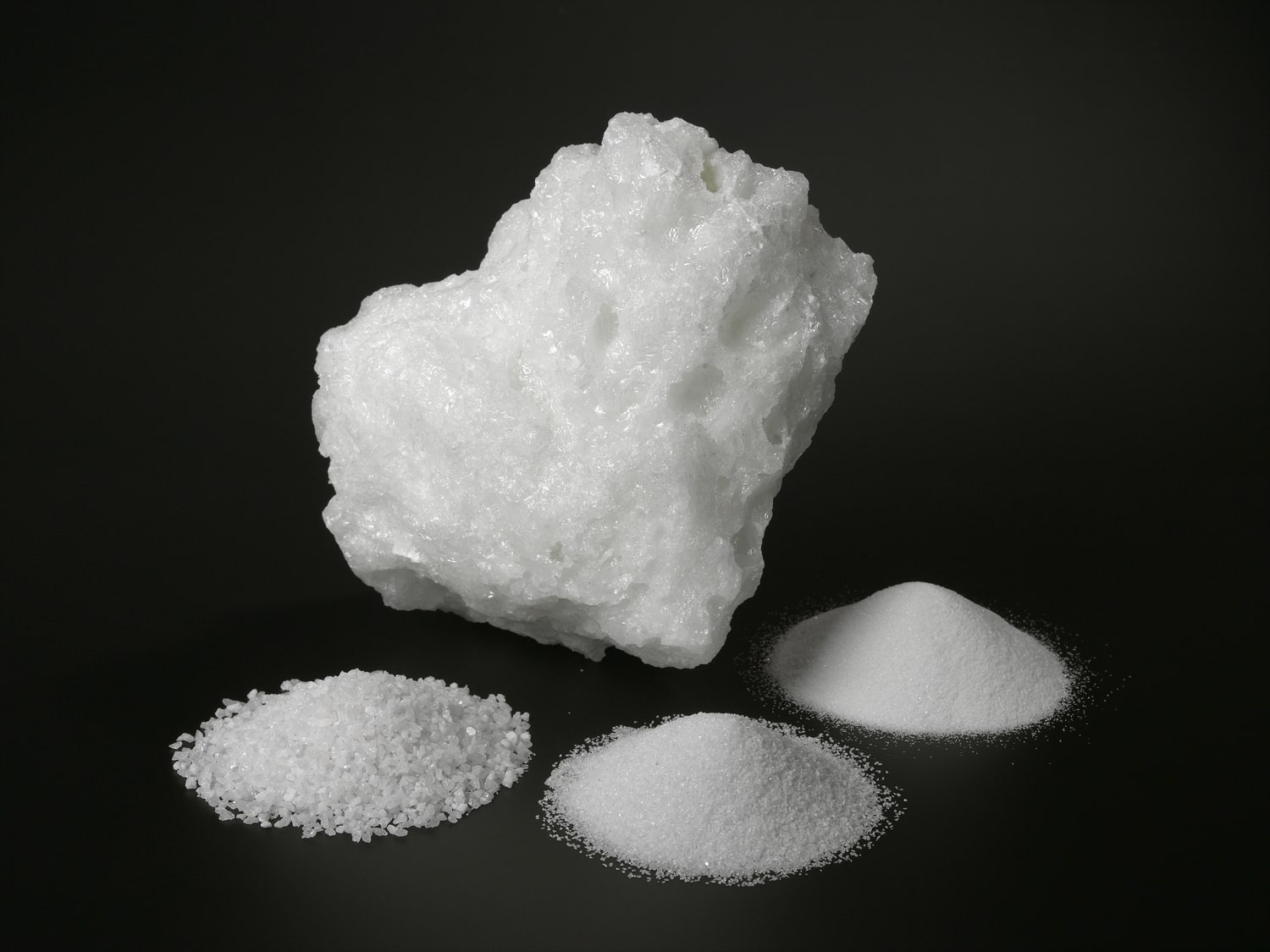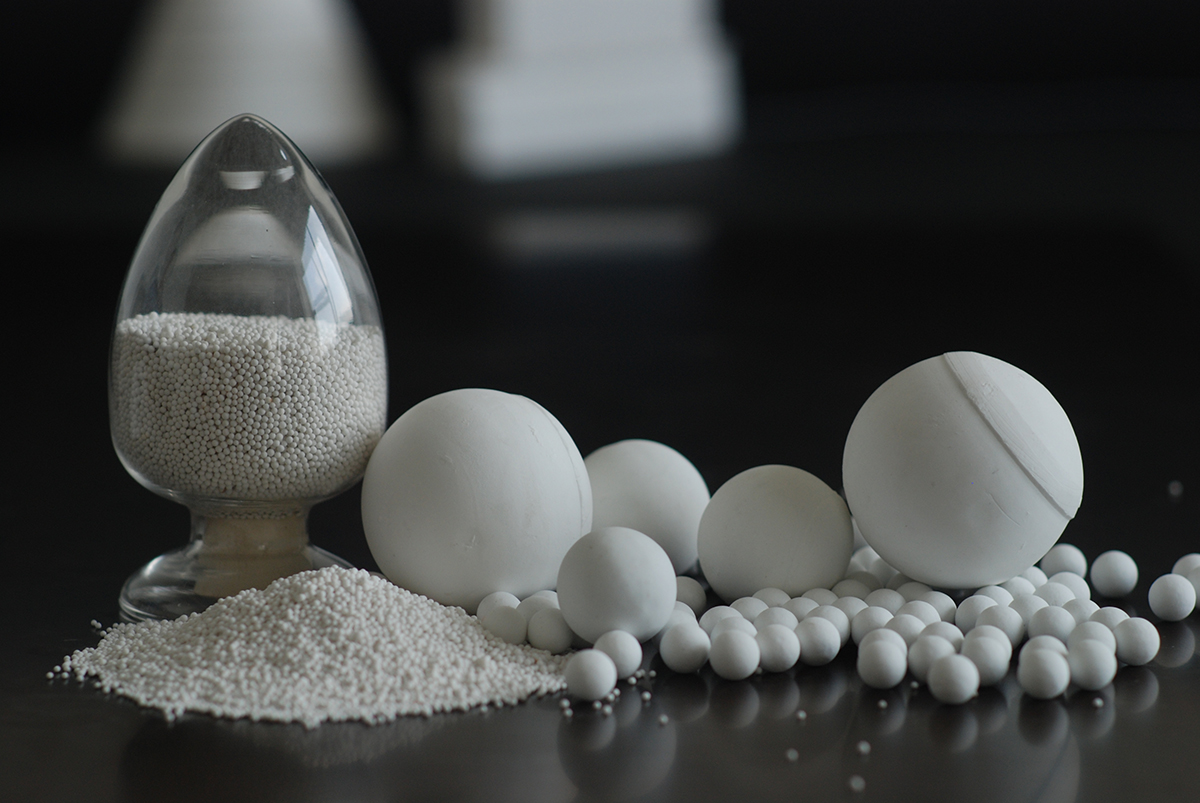A regional steel manufacturer was facing a persistent and costly challenge in their ladle metallurgy facility. The temperature of their molten steel was dropping significantly between tapping from the primary furnace and processing at the continuous caster. This excessive heat loss forced them to tap at a much higher “superheat,” which increased energy consumption at the EAF, accelerated refractory wear, and still often required lengthy re-heating cycles at the ladle furnace.
Recognizing the impact on their bottom line and production schedule, the plant’s management engaged the technical team at Pennekamp Middle East to conduct a full thermal analysis and propose a solution.
The Challenge: An Inefficient Thermal Lining
The initial investigation revealed that the ladle’s refractory lining was not optimized for thermal efficiency. The existing lining, while providing adequate containment, had poor insulating properties. The working lining was wearing unevenly, and the permanent safety lining behind it was doing little to prevent heat from escaping through the ladle’s steel shell. The ladle was, in effect, constantly bleeding valuable thermal energy.
The Solution: An Engineered, Multi-Layer Brick Lining
The Pennekamp team designed a new, multi-component refractory brick strategy aimed at maximizing heat retention without compromising on durability.
- Permanent Insulating Lining: The first step was to install a high-quality insulating refractory brick layer directly against the ladle shell. This layer’s primary job is to act as a powerful thermal barrier, forming the foundation of the new efficient system.
- Working Lining for the Slag Line: For the slag line, the area of most intense chemical attack, we specified high-performance MgO-C (Magnesia-Carbon) bricks. This material offers best-in-class resistance to corrosive ladle slags while also contributing to heat retention.
- Working Lining for the Barrel and Bottom: For the main contact area with the molten steel, we recommended advanced Alumina-Magnesia-Carbon (AMC) bricks. These bricks provide an excellent balance of high thermal insulation, good strength, and durability, making them ideal for conserving heat in the bulk of the steel.

The Results: Measurable Gains in Efficiency and Cost Savings
After implementing the new engineered lining across their ladle fleet, the manufacturer reported significant, quantifiable improvements:
- A 40% reduction in the average temperature loss per minute, from 5°C to 3°C.
- A lower required tapping temperature at the EAF by an average of 20°C, resulting in direct energy and electrode savings.
- Shorter processing times at the ladle furnace due to a significant reduction in the need for arc re-heating.
- Improved temperature consistency at the caster, leading to smoother casting operations and better final product quality.
This case study demonstrates that a strategic investment in a high-performance, engineered refractory lining is one of the most effective ways to improve thermal efficiency and reduce operating costs in steelmaking.
Optimize Your Ladle’s Thermal Performance
If your operation is losing energy, time, and money due to poor heat retention, let the experts at Pennekamp Middle East help. We specialize in designing and supplying complete refractory solutions that enhance efficiency and deliver a clear return on investment.
Contact us today for a consultation on how we can optimize your ladle lining for superior thermal performance.






